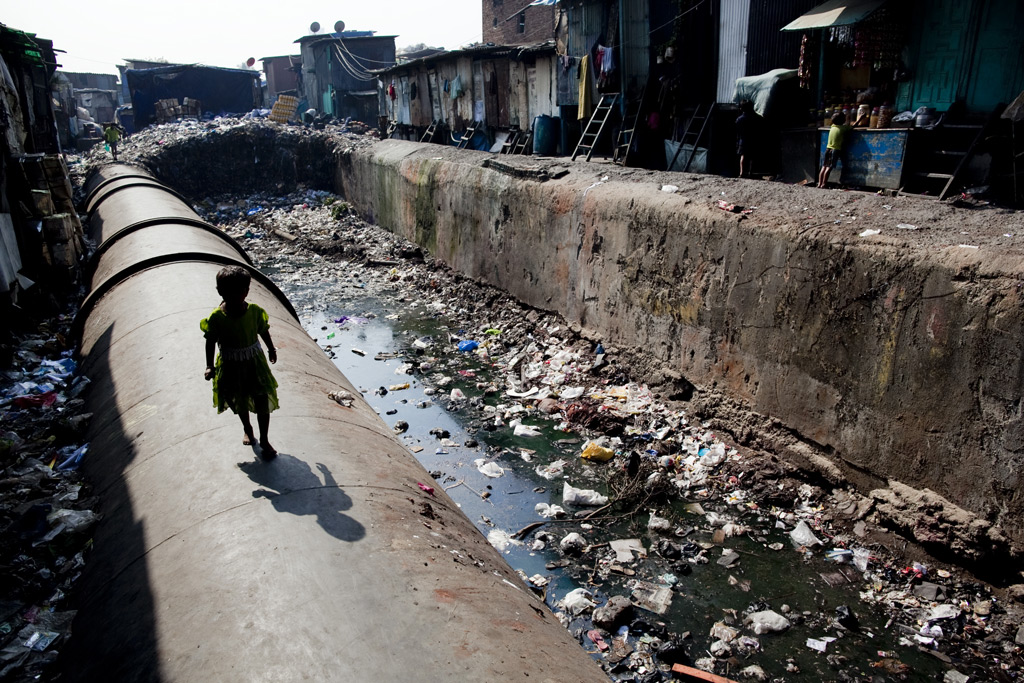Of the 21 million people living in Mumbai, 62% (or approximately 13 million people) live in slums in different parts of the city.
Most of the inhabitants of the slum have to exist by $ 1 per day or less, spending 10 hours after hard work under the scorching sun, using the local river as a shower or toilet, and at the end of the working day falling asleep on the sidewalks or under bridges.

Photo: Jonasbendiksen.com
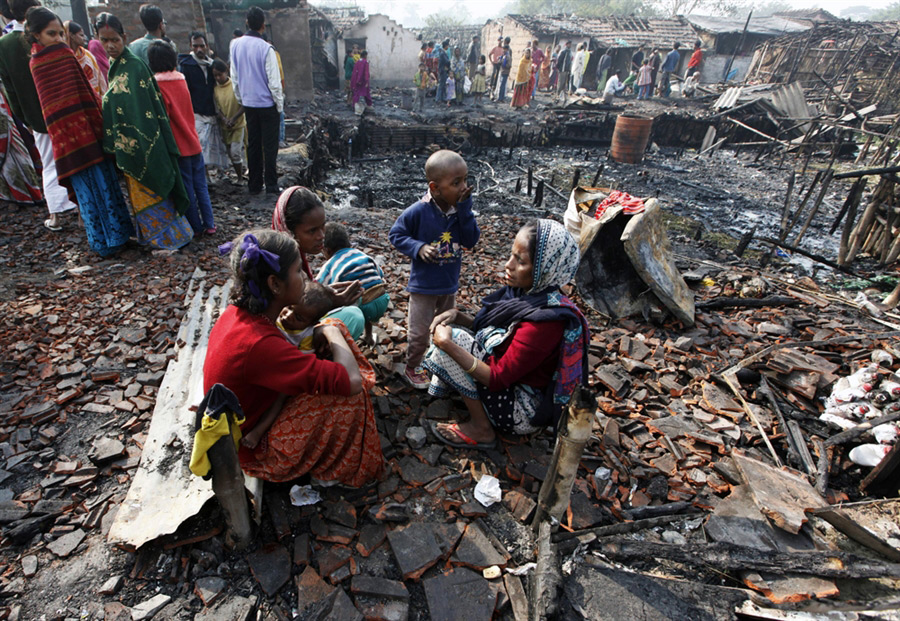
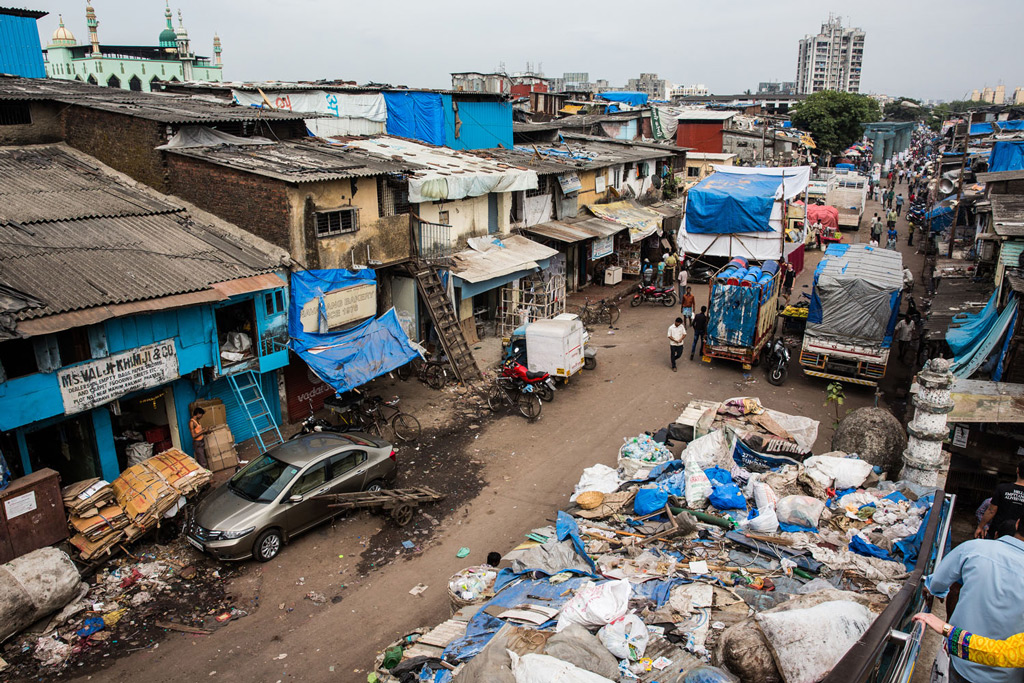
This is what a real Mumbai looks like.
I want in Mumbai!
When I traveled around India and drove to Mumbai, I spent several hours in the slums, which are considered the largest in Asia and one of the largest in the world. Slums are called dharavi. You probably heard about them – it was there that the main character of the film “Millionaire from the slum”, Jamal, lived, and it was there that most of the scenes of the film were shot.


A walk around Dharavi turned out to be the most instructive experience for me from the whole trip to India, and possibly from all my travels. This place is inhabited so much that it seems to be a separate city inside Mumbai, with its narrow dirty alleys, open sewer hatches and huge heaps of garbage.
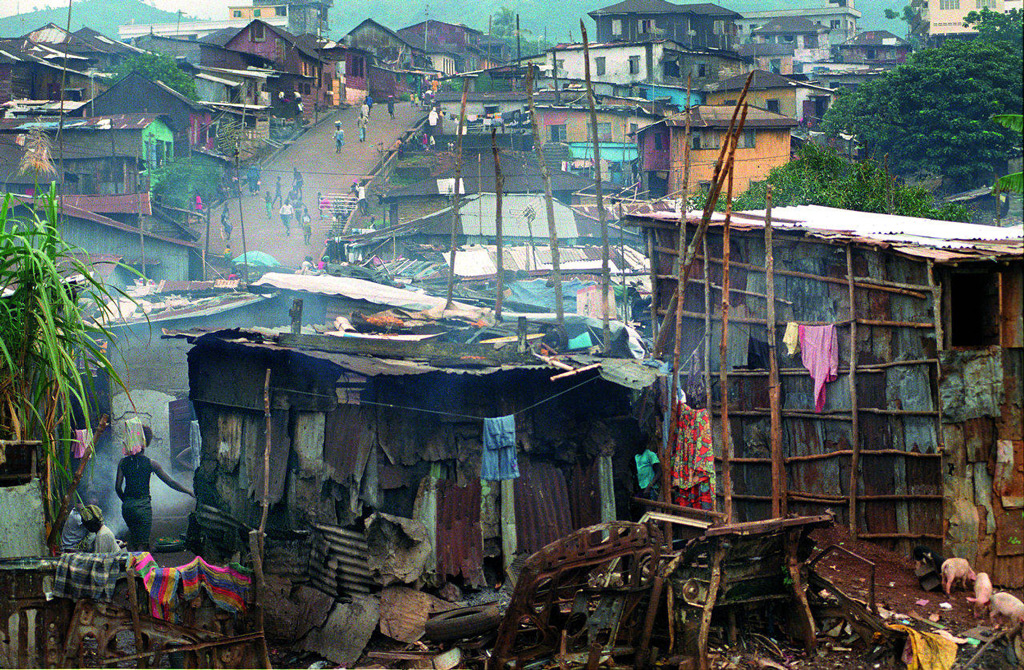
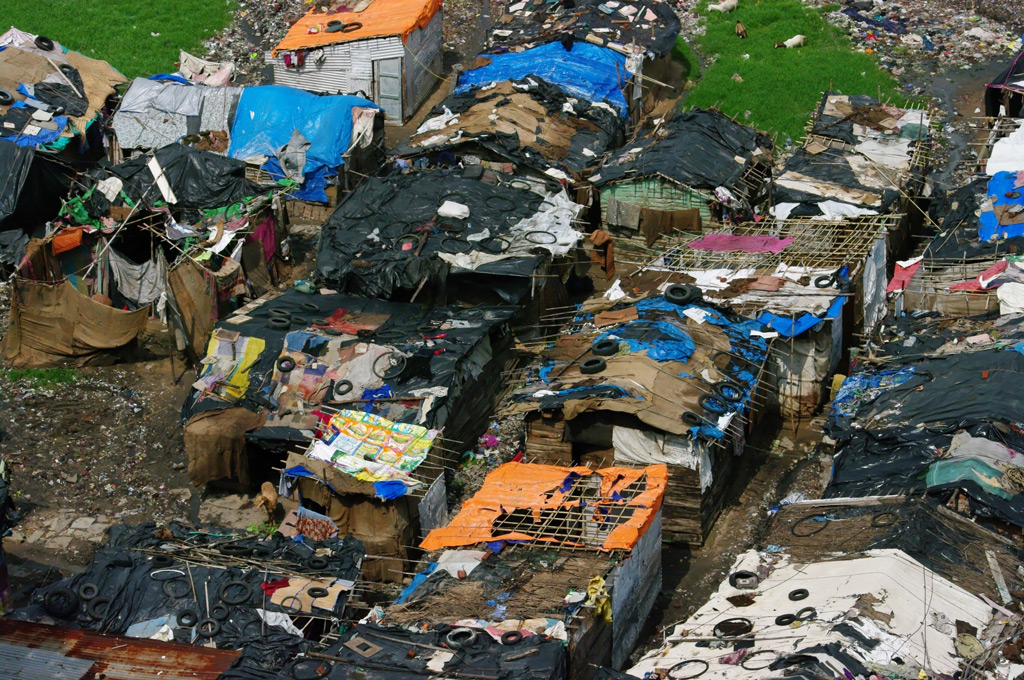
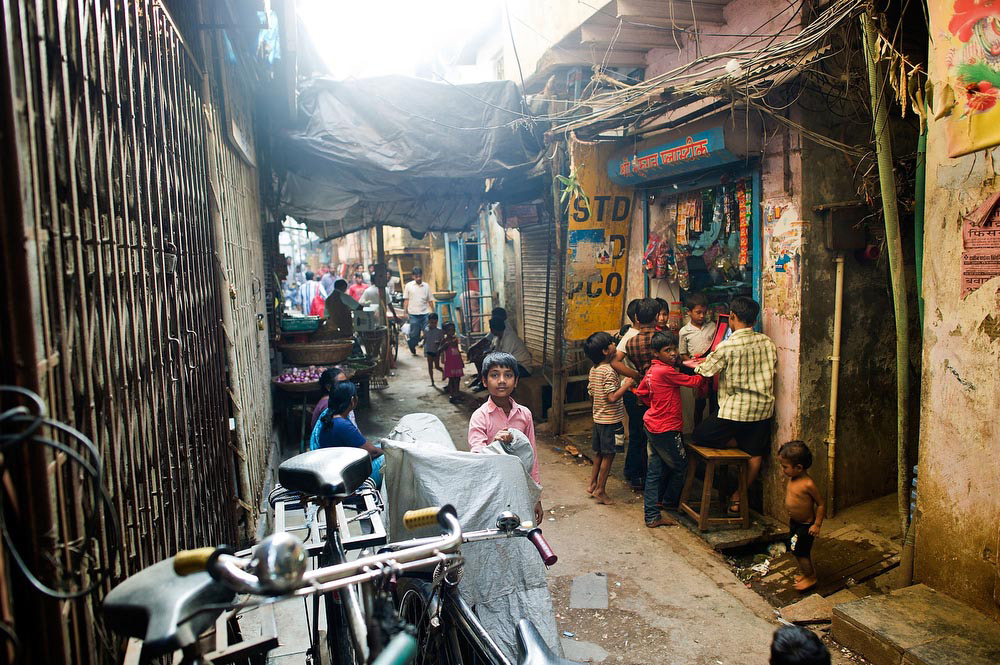
Before explaining what the person who first got into Dharavi sees and feels, I will give several facts:
– About 1 million people live on an area of 2.5 square kilometers. Dharavi is the most densely populated place on the planet Earth.
– The average wage here is from $ 1 to $ 2 per day.
– Dharavi – the most productive slums all over the world with an annual turnover of almost a billion dollars.
– In Dharavi, 1 toilet accounts for about 1450 people.
– The average life expectancy of a resident of Dharavi is less than 60 years.
– slums are divided into communities on a religious basis in the ratio: 60% Hindus, 33% Muslims, 6% Christians and 1% of the rest.
– In the workshops of Dharavi, only men are allowed to work.
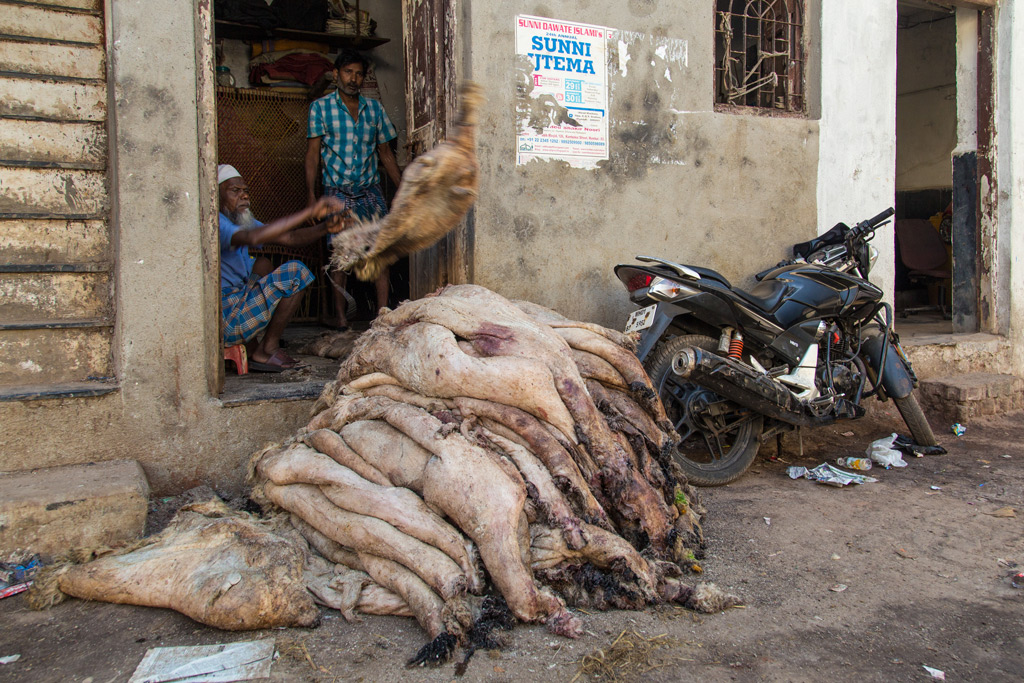
The biggest surprise was for me how incredibly organized life in Dharavi was. Today, this area of Mumbai is a giant factory in which people work – in difficult conditions – but work. Slums produce goods that are exported throughout India and around the world. You can even order a product from Dharavi on the Internet.
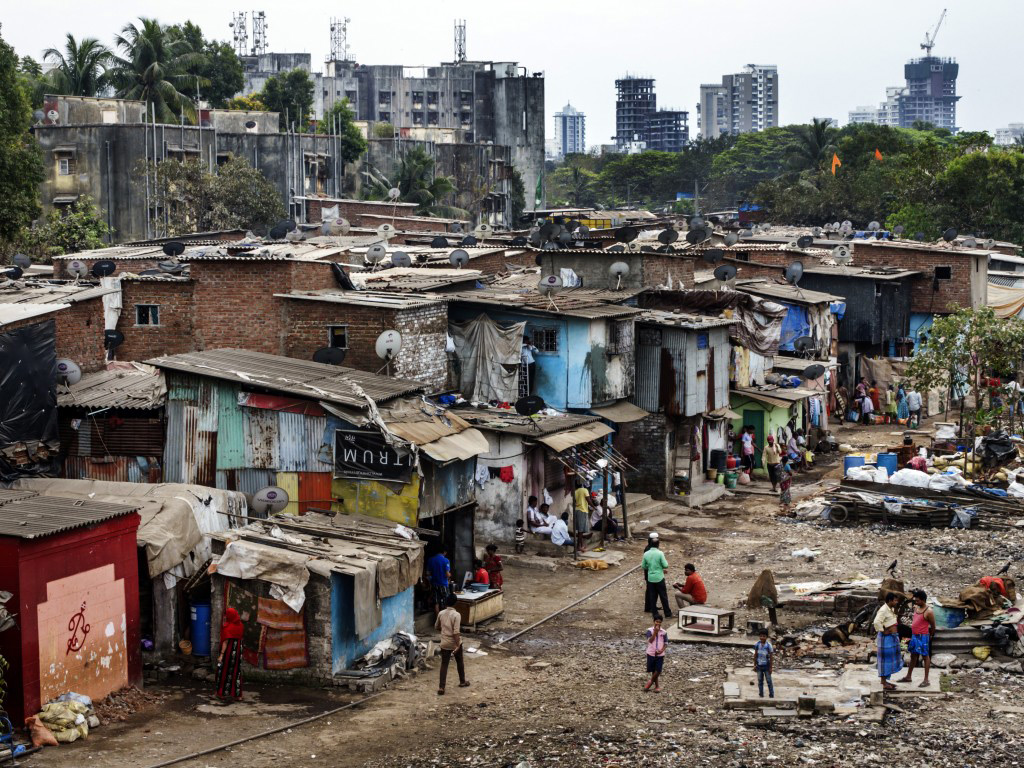
The slums are divided into industrial and residential parts.
In a residential part, you can meet the Indians from all over the country who came here from rural areas, as well as local residents from the state of Maharastra. There is no infrastructure in the residential area: there are no roads or public toilets. This part of Mumbai was the most dirty populated place of all that I saw in my life. The area is divided by religious attribute: Hindus live in one part, Muslims in the other, Christians in the third. In the residential part there are several temples and churches.
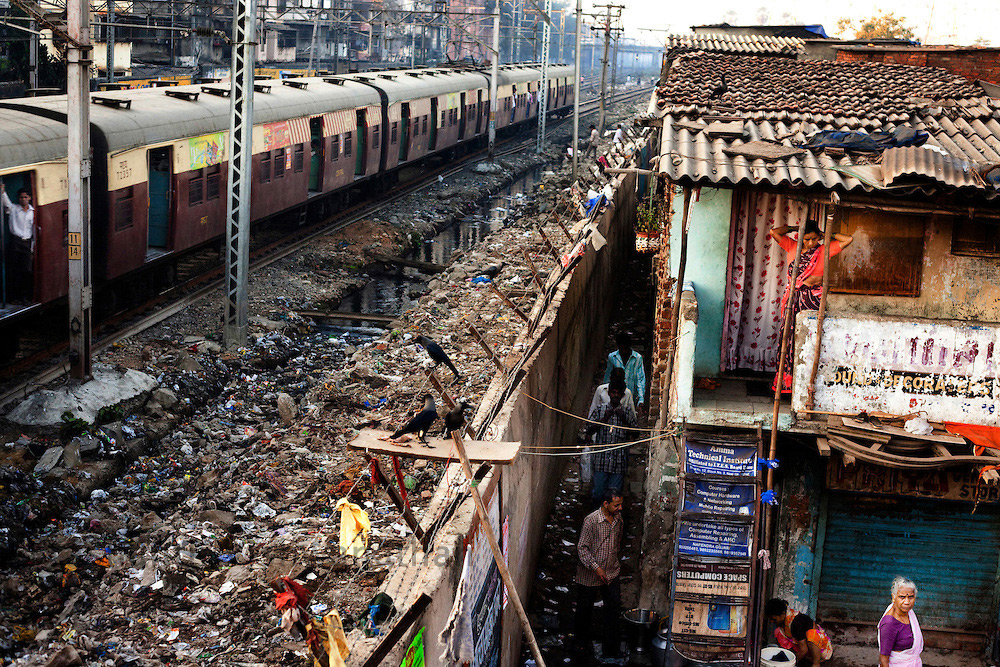
At home here are small and tightly stuffed with people. I managed to look into one of the houses and see how the locals live: seven people slept in the small room on the floor, nearby, almost pressing against each other. Not a single one had a pillow or mattress. There was no kitchen or toilet in the house.
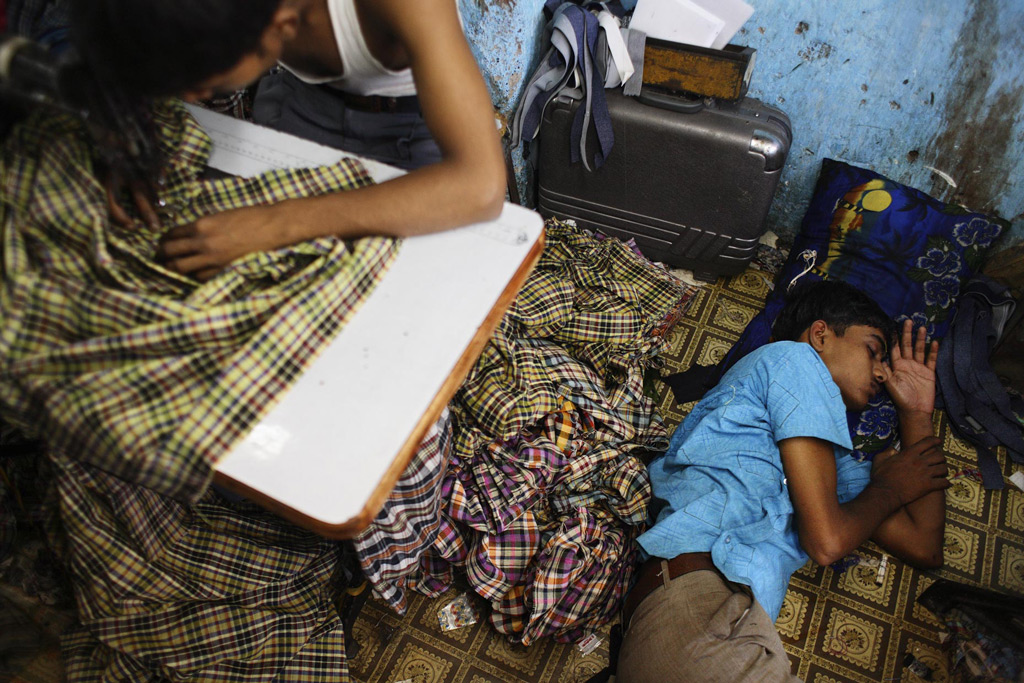
Photo: Jonasbendiksen.com
Life in the industrial part is chaotic, it smells very hot, dirty and terribly. More than 7,000 different enterprises and 15,000 one -room workshops operate here, which are filled with thousands of people working from dawn to sunset without air conditioning. When I walked along the industrial part, I saw only men. The men were everywhere. When I asked a friend of the Indian (I did not dare to walk here alone),
Why in the workshops I see only men, he replied that women in Dhavy are forbidden to work.
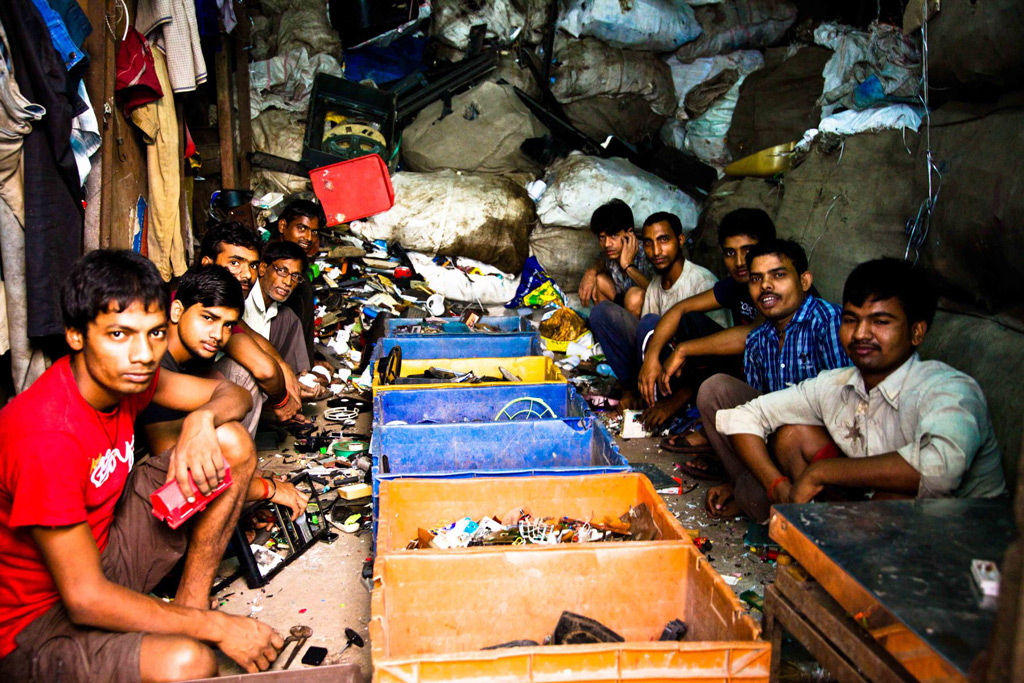
Photo: ashleyjanejennings.com
The most common goods in Dharavi are ceramics, leather products, plastic and iron. There are several smaller industries that are engaged in processing. Moreover, they process garbage – all that we in Russia and in the West are used to throwing. Perhaps part of your garbage, which you threw up yesterday, will be here in Dharavi here, and they will do something from it that they can sell.
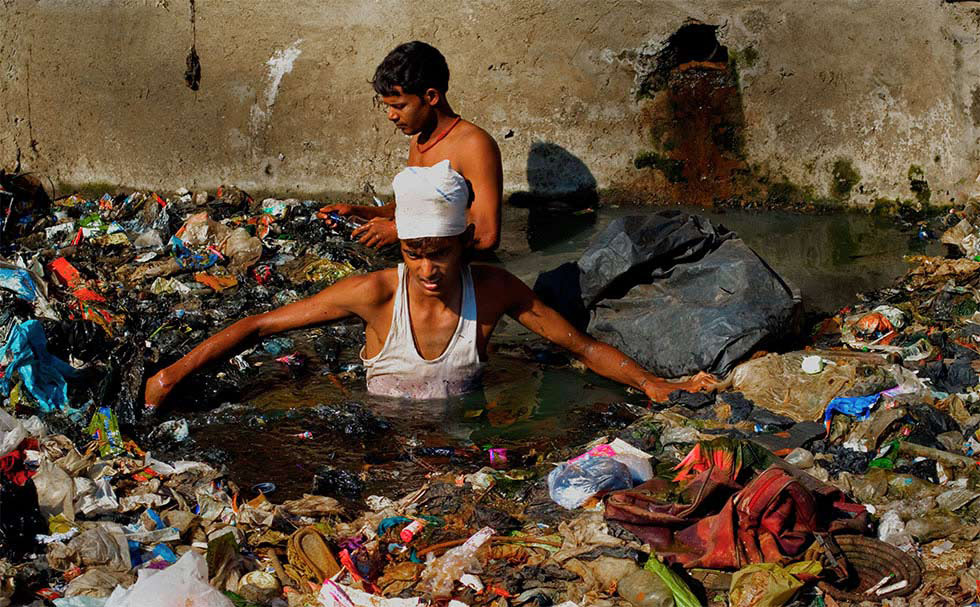
I am not only about waste from paper, plastic, skin, aluminum or glass. I saw workers who picked up some details from the old VHS-Videocassa of the 90s, then to make them make one of them. I saw workshops engaged in the processing of pieces of soap, which hotel guests leave in rooms.
After several hours of walking along the slums, I managed to go beyond stereotypes and look at Dharavi not just as the “largest slums of the world”, but as an active regulated community with a powerful economy. The inhabitants of the slums are very hardworking. Despite difficult conditions, they all call this place their home.
Subscribe to our channel in Telegram and learn about the cheapest tickets and offers first.

Author: Marat Abdrakhmanov
OFORYou can order hotels to order online on the site or in the ONETWOTIP application.

